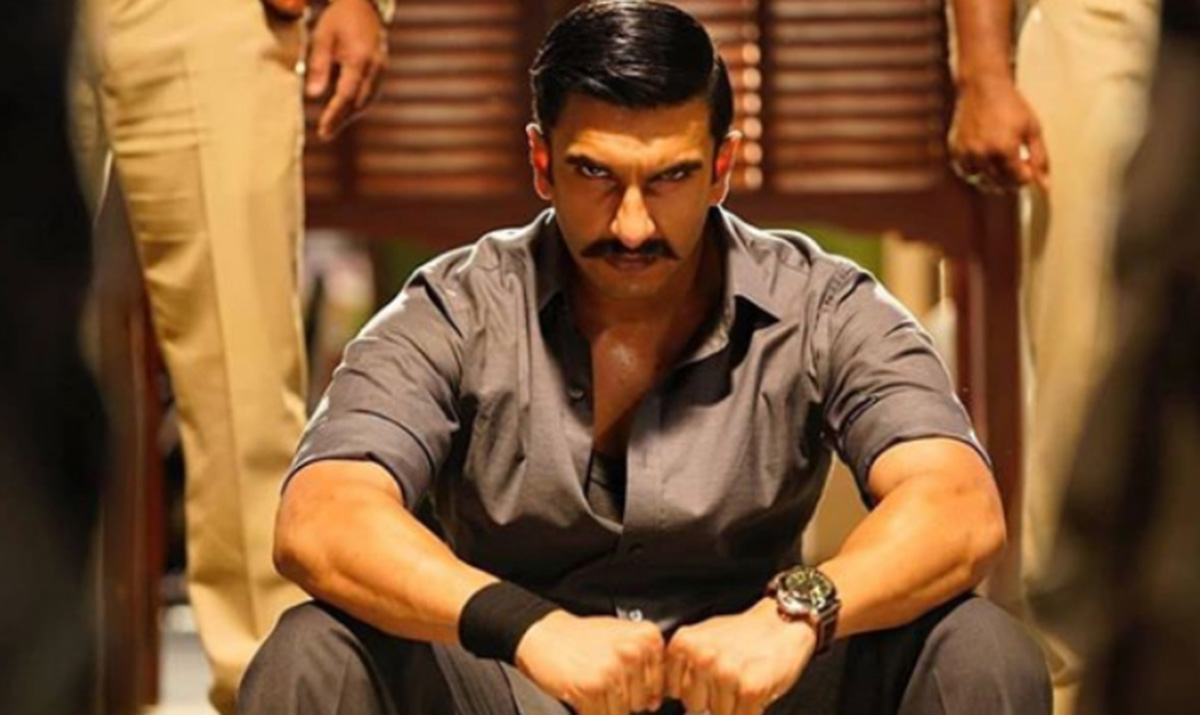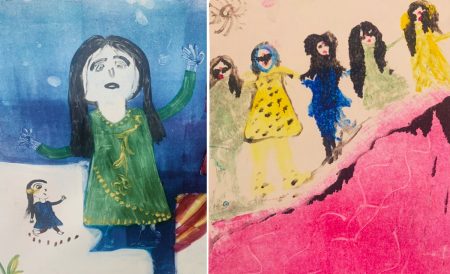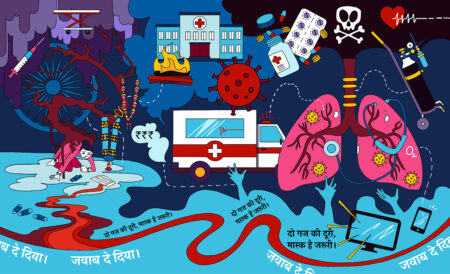We send people to jail so we don’t have to think about them. What happens in jail, we’d rather not know. Or if we do, it’s through beefy heroes who beat the ‘criminal’ to pulp, preferably in slow motion.
What happens inside jail is manifold, but violence is a part of the jail experience. Termed as custodial violence, it is a form of violence that includes torture, assault, and even custodial deaths perpetrated by the police or other law enforcement officials.
Victims of custodial violence often belong to marginalised communities, including Dalits, Adivasis and poor people.
These groups are disproportionately targeted due to social prejudices and power imbalances.
Custodial violence is not just a serious violation of human rights, it also undermines the rule of law and erodes public trust in the justice system — by blurring the boundaries between justice and murder.
Daksh — a think tank and research institution focused on law, justice systems reforms, and access to justice — has produced a podcast with journalist and film critic Deepanjana Pal, in which they investigate how custodial violence is not just a symptom of a flawed jail system, but a deeper reflection into our own carceral nature, emboldened and embodied by our popular cinema. In fact, the impact of cinema may have way more to do with normalising police violence than we realise; the next time we look at a uniform, we should think about the narrative around it, which we have all internalised.
The repeated portrayal of a police force carrying out extra-judicial actions — and being celebrated for it — implicitly endorses those actions as acceptable, or even heroic.
The archetype of the ‘heroic cop’ (usually male) has been central to many Indian films. These characters, often portrayed by popular stars, are depicted as officers who bend or break the rules to combat perceived evil. Scenes showing police officers using physical force and torture to extract confessions or punish wrongdoers are often presented with dramatic flair, implicitly glorifying such behaviour.
Custodial torture is also normalised because police officers who engage in torture or extrajudicial killings in films face little to no repercussions. Instead, they are often celebrated as saviours, reinforcing the idea that the end justifies the means. Vigilantism — with police officers taking the law into their own hands — is also romanticised in these films.
These films need to be seen in the context of the diminishing faith in the judicial system.
The delay in cases getting resolved in courts has led to frustration among people, about justice being delivered. The narrative in some movies builds on this frustration, suggesting that since the legal system is ineffectual, true justice can only be achieved through extra-legal means. Needless to say, such portrayals can diminish public faith in the judiciary and due process, encouraging a culture where violence is seen as an acceptable solution to crime.
As mentioned earlier, not all Indian films glorify custodial violence. Some critically acclaimed movies, such as Visaaranai, Jai Bhim and Mulk address the issue of police brutality and the need for reforms in the police. These films offer more nuanced portrayals of law enforcement, highlighting the importance of accountability and human rights. However, these counter-narratives are often overshadowed by the more commercially successful action films that dominate the box office.
The DAKSH Podcast is an attempt to make public institutions and democratic processes more accessible to a lay audience. In its three seasons so far, the podcast has dealt with a wide range of issues such as policing in India, women in the Constituent Assembly, AI in the judiciary, et cetera. The series is particularly interested in exploring the impact of cinema and of portrayals of the justice system in the media and popular culture. An episode explores the depiction of courtrooms in films with noted director Chaitanya Tamhane, and more recently, police violence in films with film critic Deepanjana Pal.
(A note from TTE: We learnt a lot from this podcast, including the fact that Tamil film director Hari apologised for Singam and “making five films celebrating the police.” To find out why, listen here.)
Key Highlights from the Podcast with quotes by Deepanjana Pal

“In the 60’s-80’s, you see very few cops as heroes; they were seen as side characters. They are bumbling, benign, sometimes comic characters. They rarely show power in that sense. Since the 80’s, cops are becoming heroes, but in a world that’s anarchic, chaotic and falling apart.”

“In the 80’s, the cops in Hindi films were not straightjacketed by the circumstances they were in. Uniform and their position as police personnel gives them power to set society right; it’s very different today. It has to do more with storytelling rather than society.”
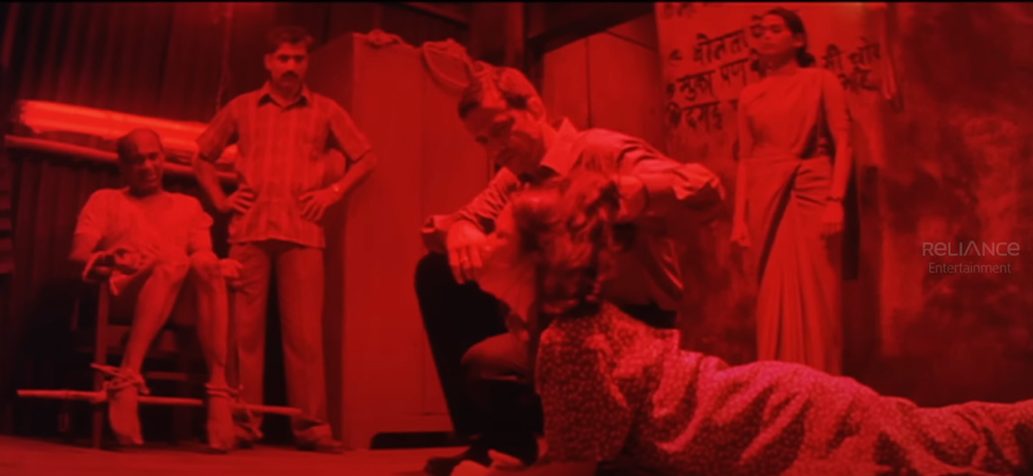
“The sense of helplessness and the lack of agency that is felt by a large portion of our society, is being reflected in the way the cops are shown.”
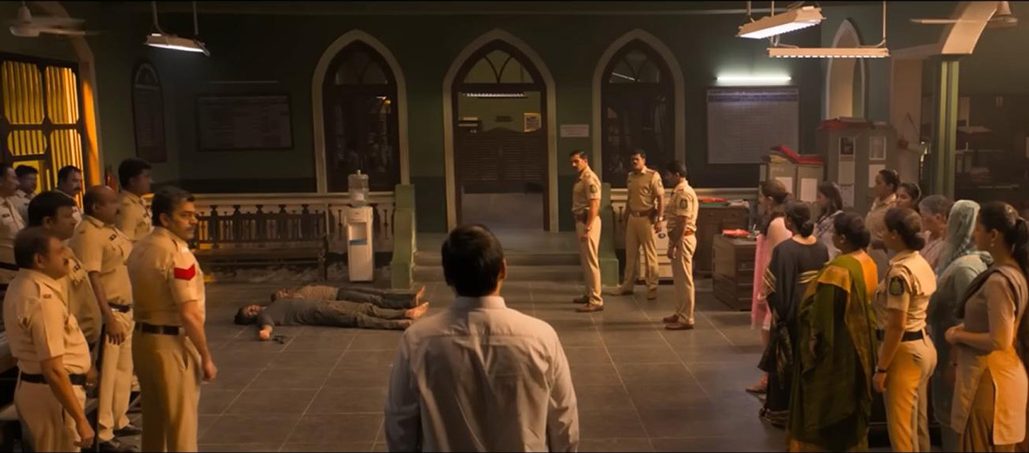
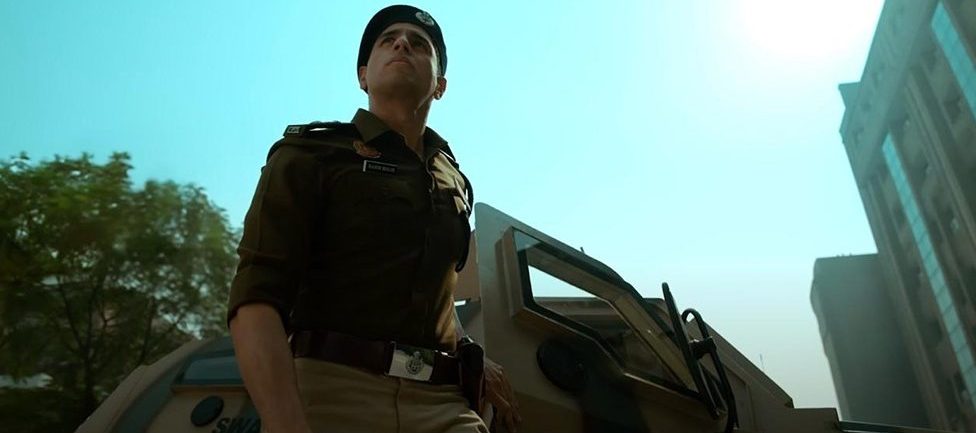
“The idea of a breakaway cop who abuses the law and then resets it, is a narrative that has a direct political parallel. Fear is important, says filmmaker Rohit Shetty. Even in fantasy, the world of Rohit Shetty films is organised upon fear.”

“A lady cop, in order to be taken seriously, has to do horrifically violent things — which subscribe to a masculine notion of strength.”
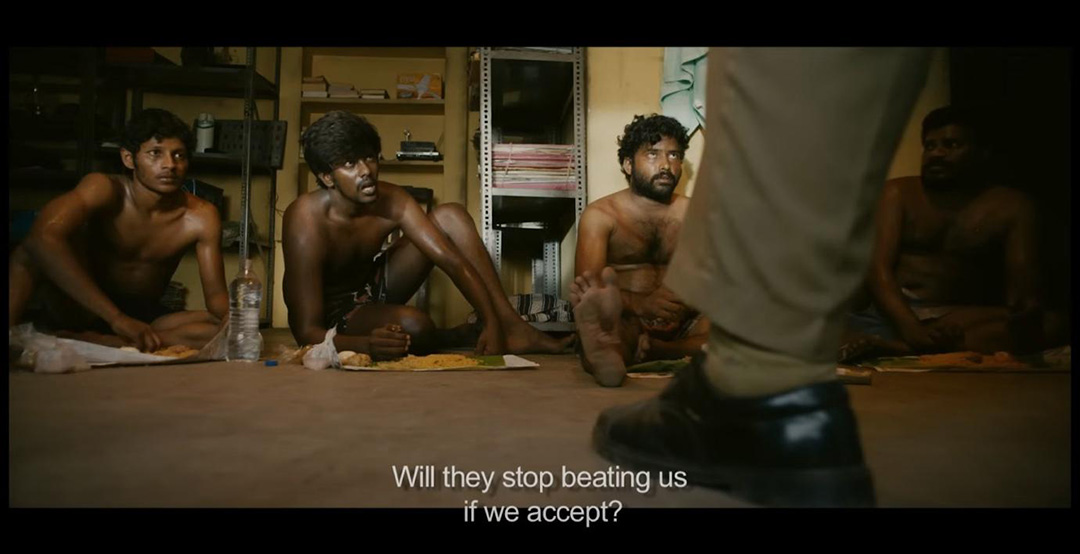
“Survivors/witnesses of custodial violence must be spoken to, in order to get a clear perspective. But instead, police records are referred to, because they are easier to access. And thus, we get a warped perspective. Fiction must talk to victims, to prioritise their voices.”

“In the present time, custodial violence is incredibly high. There was a report in 2019 that estimated that there were five custodial deaths happening everyday, and yet the only time we end up having any kind of conversation is rare. For instance – custodial death of P Jayaraj and Bennix in 2020.”
Related episodes
● Vimukta communities and Police with Nikita Sonavane – https://www.dakshindia.org/vimukta-communities-and-police/
● Courtrooms in Film with Anushka Shah – https://www.dakshindia.org/courtrooms-in-film/
● Custodial Violence with Justice Chandru – https://www.dakshindia.org/custodial-violence/
● Policing in India with Vipul Mudgal – https://www.dakshindia.org/policing-in-india/
The Third Eye is being written and developed by a team of educators, documentary filmmakers, storytellers; people with extensive experience of gathering narratives, oral histories and developing contextual pedagogies for the rural and the marginalised.


